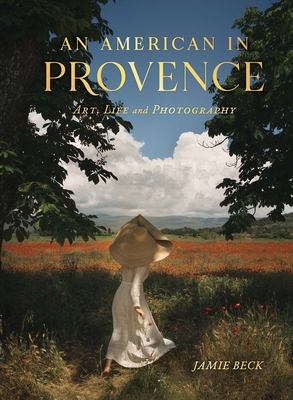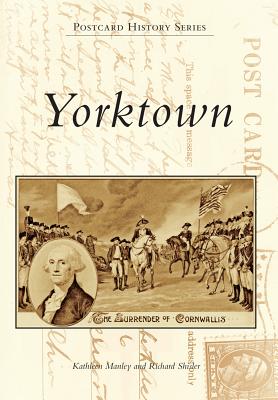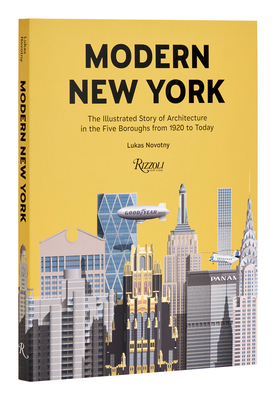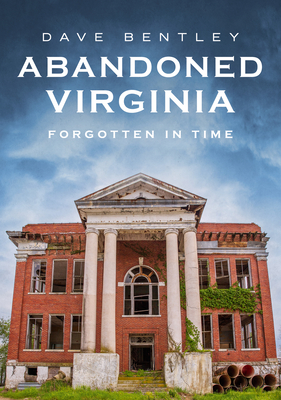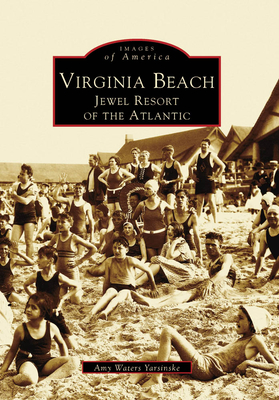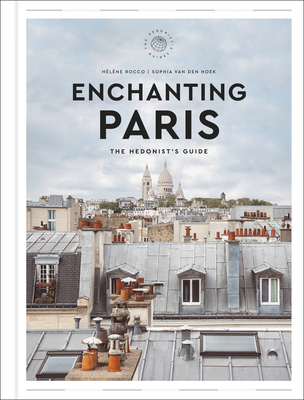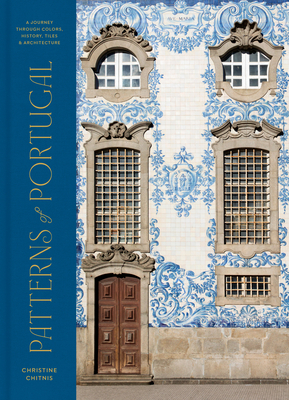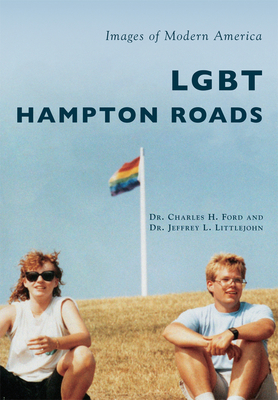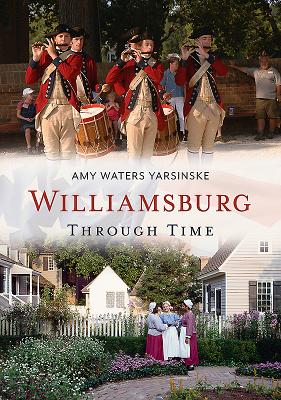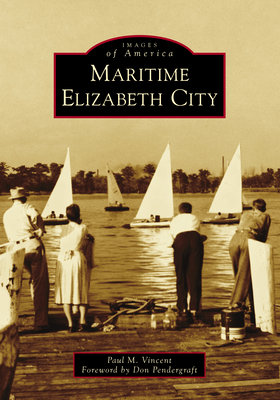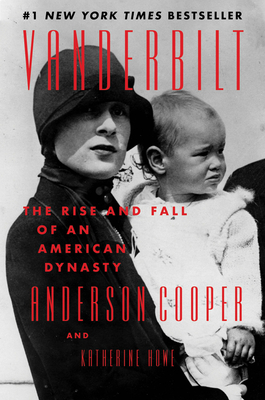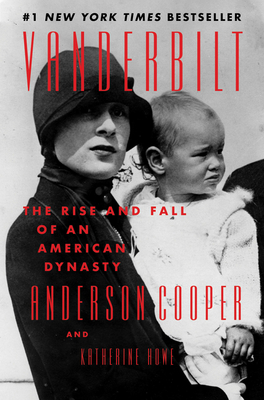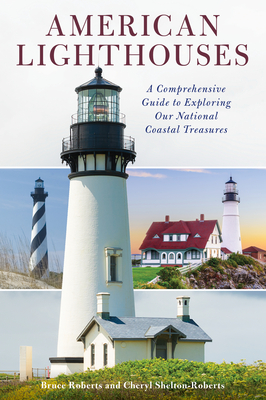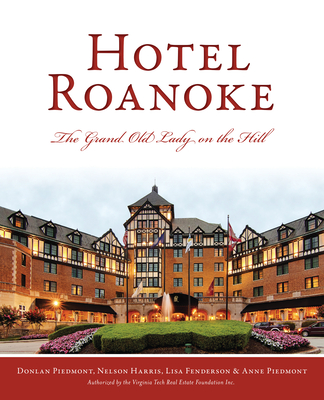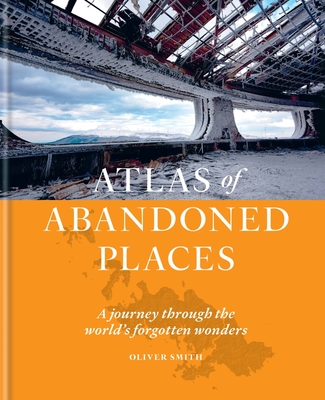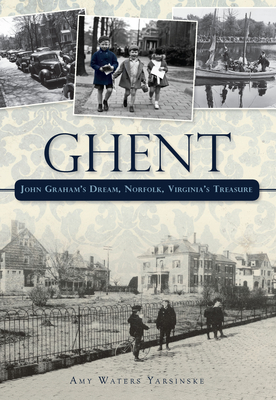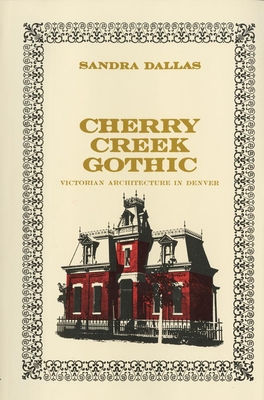
Cherry Creek Gothic: Victorian Architecture in Denver
Description
"Almost every citizen is laudably ambitious to build a house unlike that of his neighbor," wrote an observer in early Denver, "and is more desirous that it shall have some novel feature than that it shall be surpassingly beautiful." This history of early Denver has over two hundred illustrations of buildings designed by nouveaux riches miners and frontier businessmen who had more money and fanciful imagination than taste. There is also a picture map of the business district in 1892 that shows where many of these extraordinary structures stood. Victoriana was in bloom, and architectural purity was scorned. Greek revivals had mansard roofs, Gothic castles had Italian tops, turrets and minarets sprouted in unlikely places, and everything was trimmed or fenced with cast-iron lace. Gingerbread store fronts, crenelated church towers, plushy lavish hotels, pompous homes, and glittering gambling houses and brothels gave the "Queen City of the Plains" an outlandish, distinct style that came to be known as Cherry Creek Gothic, from the creek that bisects the area. Denver residents were as gaudy and unpredictable as the buildings they erected. The unsinkable Mrs. J. J. (Molly) Brown built the fantastic House of Lions, an architect's nightmare guarded by two Sphinx-headed lions, in order to break into Denver society. Madam Jennie Rogers and Madam Mattie Silks, rivals for the title of queen of the demimonde, each had her turn reigning over the famous House of Mirrors. H. A. W. Tabor, the bonanza king whose scandalous love affair with Baby Doe cost him a political career, gave Denver a business block and an opera house that attracted such performers as Oscar Wilde and Sarah Bernhardt. This companion volume to the author's earlier work on Colorado hotels, No More Than Five in a Bed, is written with humor and understanding for the famous and the infamous who saw their dreams of wealth and splendor fulfilled in their city. It will appeal not only to students of architecture but to every- one interested in the flamboyant personalities of the times. Sandra Dallas, a reporter for Business Week for twenty-five years, is the author of Colorado Ghost Towns and Mining Camps, No More Than Five in a Bed (also published by the University of Oklahoma Press), Gaslights and Gingerbread, many other books and articles on Colorado and the West, and several best-selling novels.


